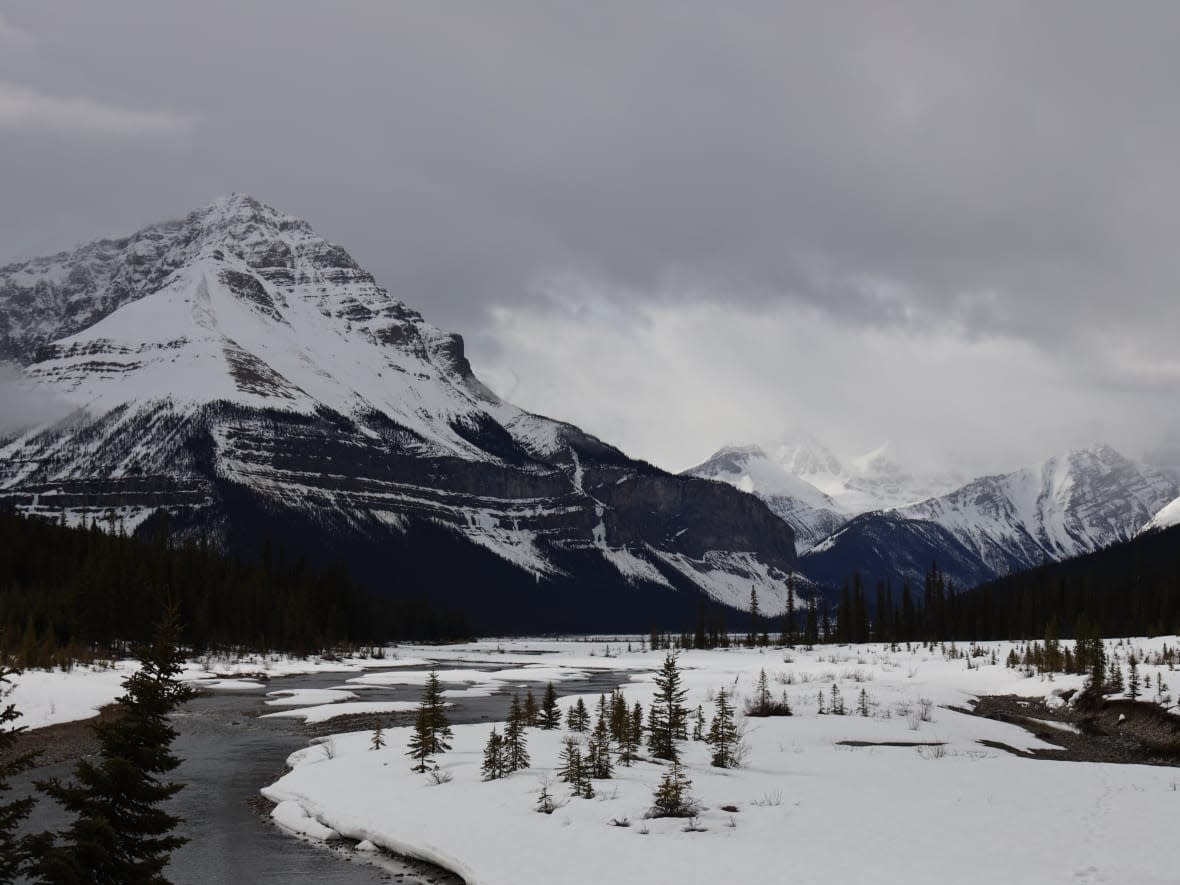Experts express concerns over less rainfall, early snowmelt in Alberta

As Alberta continues to fight wildfires and deal with extreme heat warnings, climate experts are wondering what the next few months will look like for the province in terms of adequate water supply.
"We went into the winter with not very much precipitation, came out of the winter with some really dry conditions and now we're really dry still," said Sara Hoffman, a meteorologist with Environment and Climate Change Canada.
"Even near normal precipitation won't be enough to alleviate the situation we find ourselves in," she added.
John Pomeroy, Canada Research Chair in Water Resources and Climate Change, said unusual trends like "the exceptionally warm winter" observed in several regions across Alberta coupled with "one of the lowest snowpacks recorded in parts of the Rockies" this year cannot be overlooked.
"As we hit early June, the mountains are virtually snow-free except for some of the very highest elevations in the central region's range, and even some of the glaciers are snow-free now," he said.
Pomeroy, who is also the director of the Centre for Hydrology at the University of Saskatchewan, pointed out that the Athabasca Glacier was melting "very rapidly" in April and May, a trend that was also observed last October.
"This is putting the water resources in Alberta into a precarious situation," he said, adding the current situation may also impact other provinces, like Saskatchewan and Manitoba.
Pomeroy said massive water resources like the Saskatchewan-Nelson River basin, which supplies water to most Albertans and cities such as Saskatoon, Regina and Moose Jaw in Saskatchewan, will continue to face "severe ecological problems because of lack of water."
Steve Larocque, an independent crop adviser from Three Hills, Alta., said the dry conditions are already affecting crops in parts of the province.
"We're right on the edge where crops were looking OK last week but they're already starting to show a lot of signs of stress just in the last four days," he said in an interview on The Homestretch.
LISTEN | Crop adviser Steve Larocque talks about Alberta's soil conditions:
Can heavy rainfall resolve this problem? Yes and no. According to Pomeroy, while snowmelt is usually a "very effective way to generate good, steady stream flow," heavy rains can help ease some of that stress.
There's one caveat, though — heavy rainfall can also result in serious flooding.
"We have to be careful what we wish for there," Pomeroy said. "One thing people may not know is that 2013 would have been a drought here in the mountains, apart from three days of heavy precipitation that caused the flooding in late June of that year."
Additionally, Pomeroy and Hoffman believe the chances of consistent rainfall seem low as of now.
While forecasts predict that northern Alberta will potentially experience "below normal precipitation," it's difficult to say how things will play out in the south, according to Hoffman.
She reiterated that "normal" levels of precipitation may not be enough to prevent potential problems with adequate water supply.
"If we are calling for a low confidence in near normal precipitation and we do get normal precipitation, we're at such a deficit that it's not going to be enough to get us to where we want to be or would like to be," she said.
Experts may look into 'contingency plans'
What's next? Pomeroy reckons it's important to monitor the situation and make "contingency plans if things get worse."
He also believes this may serve as a warning for what the future might look like.
"[The] best picture I can paint around it is this: [it's] a good training exercise for us as to what to expect in the future," Pomeroy said.
He also pointed out that water supply has already reached "unimaginably low" levels in several parts of the world, including many cities in South Asia, Europe and Chile.
"We may experience … some very low flows [at times]," he said. "As Canadians, in general, we tend to take freshwater for granted and we absolutely cannot anymore."


